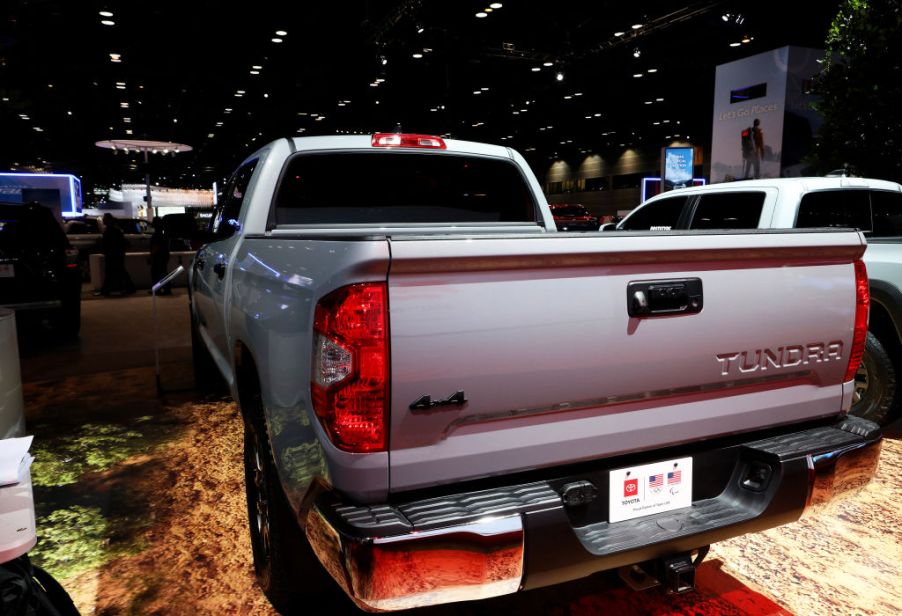
The Worst Toyota Tundra Problems That Could Happen Before 100,000 Miles
We often highlight various model vehicles and years that have experienced more problems than others. Some are isolated issues, specific to a particular vehicle generation. Others are far more detrimental to the model over several years. The Toyota Tundra is a popular pickup. Since its inception in May 1999, the Japanese Automaker continues to make improvements. But, much like other brands and pickups, there are some problems, not even the Tundra can escape.
Which begs the question, is it a good full-size truck option for consumers to buy? Let’s look at what Tundra owners have to say.
An overall look at Toyota Tundra complaints
Carcomplaints.com is an excellent resource for consumers who look to identify various problematic years, common mechanical failures, and total cost of ownership for multiple models. Taking a look at some of the issues the Toyota Tundra has experienced since 2000, there are a few trending problems that might concern you.
Malfunctioning radios and alternator failures were reported in 2008 models. Some 2016 model years, had reports of shaking and vibration with the powertrain. There have already been five recalls for the 2018 model year, and some are brake-related.
In fact, there is almost one documented complication for every year. However, one complaint over thousands of truck owners isn’t entirely representative of the Tundra as a whole — or is it?
The worst problems before 100,000 miles
There are two significant problems, occurring before the 100,000-mile mark, for Toyota Tundra that should be on your radar. The 2012 model year is ranked as the worst year based on repair costs and types of issues at lower mileages.
The air induction pump has the most documented failures. The issues are occurring around 74,000 miles, and the average cost to repair is $3,150. But that’s not all.
Also happening in high numbers for the 2012 Tundra, is the transmission failure that occurs before 10,000 miles. CarComplaints.com says this problem is ‘really awful’ and costs around $5,500 to repair.
More issues at 103,000 miles
The third most reported concern with the Toyota Tundra, in terms of volume of owner complaints, occurs just north of the 103,000-mile benchmark. Owners have experienced secondary air pump failure. For some owners of 2005 Tundra models, they were hit with this secondary air pump failure and a $1,700 average repair bill.
Who should buy a Toyota Tundra?
The Toyota Tundra has been redesigned since those 2005 and 2012 problematic years. If you’re considering a 2014 or newer, you could be avoiding some of those previously reported complications.
If you’re considering a pre-owned Tundra in general, you’ll want to be mindful of these commonly reported concerns to avoid the troublesome years and added repair bills.
Why Toyota Tundra is still popular
It’s been a while since the Tundra had a makeover and redesign, but it continues to be popular among consumers, especially those who enjoy a little off-road adventuring. New for 2020 is a standardization of the 5.7L V8 engine. The Tundra SR5 gets an upgrade to include leather surfaces and a push-button start. Also, standard this year, Apple CarPlay and Android Auto connectivity options.
Overall, the Toyota Tundra is a good pickup. There are a few model years some would recommend avoiding, but again, that’s characteristic of almost all truck brands. It’s the oldest model in this year’s lineup of full-size trucks but continues to keep up with necessary tech and comfort trends.
As with any new or new-to-you truck purchase, be informed. Having resources like CarComplaints.com can be helpful in learning about the experiences of other owners. And, in the case of the Toyota Tundra, the site can help you steer clear of buying the model years with the worst problems before and after 100,000 miles.


